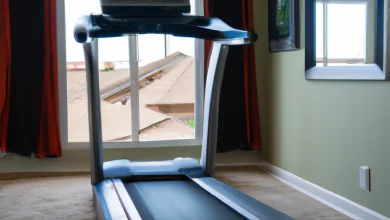Anaerobic Cycling Workouts for 70.3


Many triathletes believe that Olympic-distance and sprint triathlons are more anaerobic (meaning they depend more on energy produced without the aid of oxygen) than triathlons of the half-Ironman-distance and beyond and therefore require more emphasis on anaerobic training.
In reality, all triathlons, right down to sprints, are almost entirely aerobic in nature. In a typical sprint triathlon, approximately 80 to 90 percent of your muscle energy will come from aerobic metabolism. A half-Ironman is only slightly more aerobic, at approximately 95 percent.
Muscle energy output doesn’t become predominantly anaerobic until the event duration shrinks down below two minutes. Even in an all-out swimming, cycling or running effort lasting just two minutes, 50 percent of your muscle energy will come from aerobic metabolism.
Since even the shortest triathlons take more than 25 times this long for the fastest athletes to complete, it’s obvious that having a strong aerobic capacity is much more important to triathlon success than being an anaerobic powerhouse.
Incorporating Anaerobic Efforts
Nevertheless, there’s a place for anaerobic training in your preparations for any triathlon, including half-Ironmans. That place should be roughly the same size as the anaerobic system’s contribution to muscle energy in a triathlon—that is, it should account for about five percent of your total half-Ironman training time.
In practical terms, this entails devoting three minutes of each training hour to doing intervals at an intensity level that you could sustain for no more than two minutes. So, if you train 10 hours a week you should spend approximately 30 minutes a week swimming, cycling and running at near-maximum intensity.
That’s if you look at the training process as a whole. But it’s better to concentrate your anaerobic training in the middle of your half-Ironman training program—after you’ve built an aerobic base but before you turn your focus to race-intensity training in the final phase of your program.
So, perhaps five to 10 percent of your total training time should be spent working at predominantly anaerobic intensity levels during the middle portion of your training program (say, weeks seven to 13 in a 20-week half-Ironman training program)—compared to only one to five percent in the base and peak phases.
Anaerobic efforts aren’t a good training emphasis in the peak phase because they’re not race-specific. They’re not a good training emphasis in the first weeks of base training because intensive anaerobic efforts trigger rapid improvements in fitness but only when layered on top of a solid aerobic fitness base.
When emphasized in the middle phase of training, anaerobic efforts rapidly increase aerobic capacity, enhance power-to-weight ratio, boost neuromuscular efficiency and increase the muscles’ resistance to acidosis (the primary cause of fatigue at very high-intensity levels).
Anaerobic Cycling Workouts
There are three basic types of anaerobic cycling workouts: power intervals, short hill climbs and speed intervals.
Power intervals: Power intervals are like lifting weights on the bike. Because power intervals are easily tolerated when your fitness level is still moderate, and because they do a nice job of translating the strength and power you developed through strength training in the off-season and pre-base phase into functional strength and power on the bike, it makes sense to make power intervals the first type of anaerobic bike training and the only anaerobic training you do in the early weeks of the base phase.
For example, do one set of power intervals per week from week one to week four of a 20-week program.










